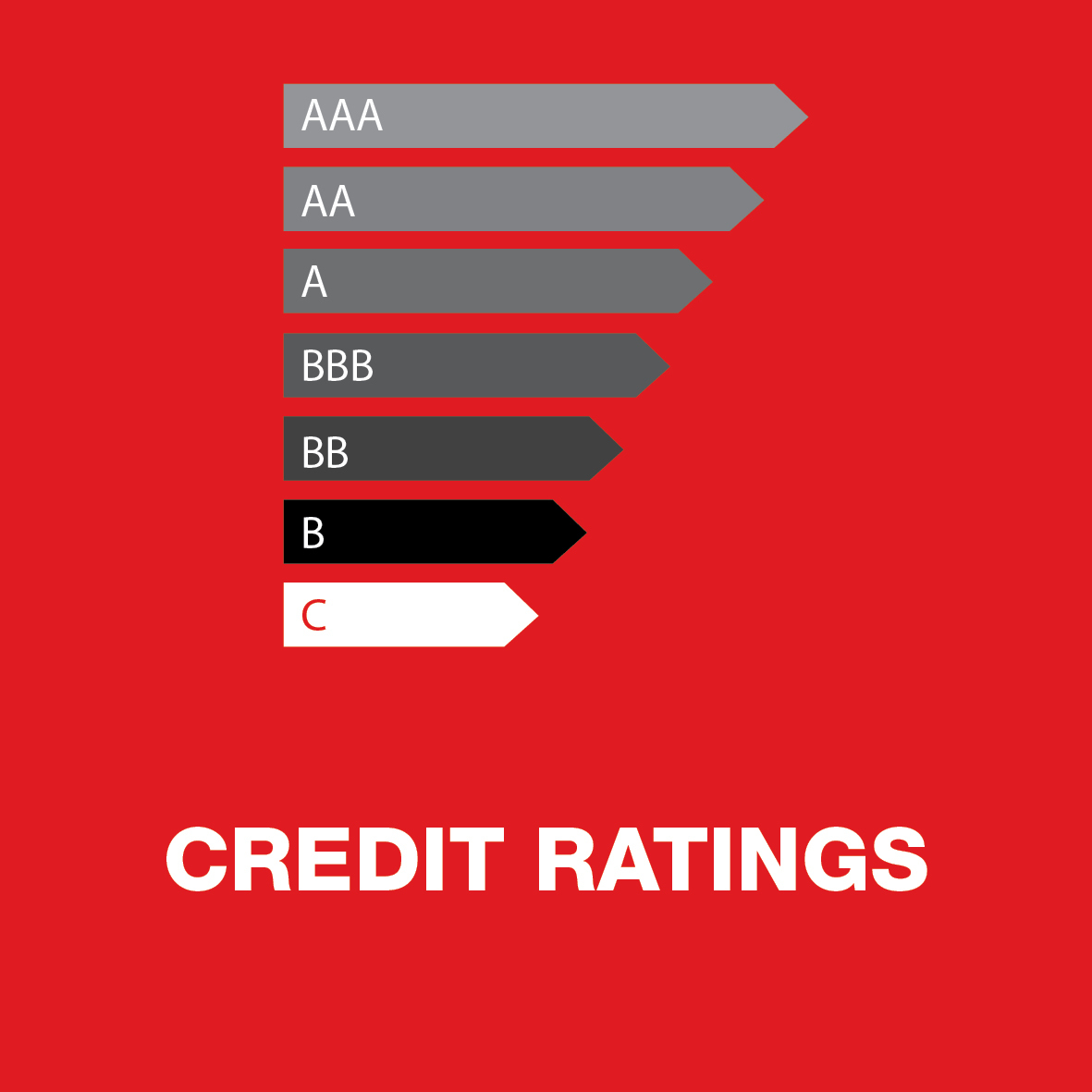Rating Process
Corporate Scorecard adheres to a strict set of rating policies and procedures, and company operations are externally audited to verify compliance with these protocols. The rating assignment process can be broadly outlined as follows:
- Engagement terms are agreed with the client, specifying the scope, schedule and budget in accordance with a fixed fee schedule. Each rating report clearly specifies the date, type (ie. issuer-based), scope (ie. specific entity/commitment/product), surveillance (ie. ongoing monitoring), distribution restrictions (if any), information sources / participation, and rating qualifications (if necessary).
- Initiation commences following the initial engagement. Dedicated analysts are assigned to the project and the team is assembled to obtain a detailed brief, clarifying the terms of the engagement, identifying relevant stakeholders, reviewing the context and background, together with the project specific protocols, conflicts-of-interest and governance procedures.
- Introduction involves an analyst(s) making contact with the rated entity (where authorised) to obtain the necessary information in order to complete the assessment. The analyst also makes contact with the client as appropriate to provide an update and address any queries throughout the course of the engagement.
- Analysis is applied to identify whether accounting choices may introduce a bias regarding actual performance. This includes a review of accounting policies and estimates given the industry, the degree of flexibility available given accounting rules and conventions, the particular selection of policies, the depth and quality of notes and disclosures, the identification of potential concerns, and the restatement of accounting numbers to remove any bias and to normalize earnings.
- Interviews are conducted to extract pertinent information and to clarify perceived discrepancies or anomalies. The analyst may request a meeting with an officer(s) of the rated entity and/or material counterparties to capture commentary across a range of critical areas, while verifying material assumptions (where necessary) and confirming any identified exceptions and/or issues outside of industry norms.
- Profiling is used to categorise the rated entity into a homogeneous group of similar comparator entities, and Corporate Scorecard’s risk analytics use industry (i.e. manufacturing, retail, services, mining, etc), structure (listed public, unlisted public, proprietary, trading trusts, etc) and size (turnover, net assets) to assist in the determination of an appropriate comparator profile.
- Scoring applies a multivariate assessment of key risk indicators (i.e. profitability, cash-flow, liquidity, gearing, etc) to assess the level of risk depending on the specific profile and corresponding risk benchmarks. This score is reviewed in the context of economic, industry, management, market, and other factors (i.e. trading history, adverse information, country rating, etc) to derive an overall risk assessment.
- Classifying the rated entity into a particular risk profile is based on the underlying risk assessment. The scores range from 0 (default) to 100 (very low risk), being statistically correlated to the twenty-one credit notches to derive an indicative credit rating. The scores and ratings are much more elastic and sensitive to financial changes within the sub-prime and lower credit quality classifications.
- Assigning an official credit rating is conducted by a Ratings Committee after reviewing all of the relevant information. The Committee consists of the Ratings Analyst charged with the responsibility of conducting the assessment, together with a Senior Ratings Analyst to provide an independent evaluation and quality review of the underlying analysis.
- Mapping default probabilities to the entity, commitment or product based on its quality and time horizon. These are statistically calibrated using the well established static pool approach. This requires a large quantum of data, with a large number of defaults. As such, given the small sample size and benign credit environment in Australia, Corporate Scorecard applies an international default set derived from U.S. data
- Reporting uses evidence-based findings and an assigned rating to highlight the relative risk of a specific entity for a given context. To assist users of these reports in understanding why a particular rating has been assigned, detailed commentary is provided together with the percentile positioning of an entity across a range of industry benchmarks.
- Consultation provides the financial expertise and advice as necessary to support our clients in their critical decision making processes. This may, subject to the scope of our engagement, involve committee presentations, meetings and continued consultation, particularly where we have been requested to include the entity within our ongoing monitoring regime to update the rating following subsequent events and additional information.
- Distribution protocols and Corporate Scorecard’s official ratings release mechanism ensure appropriate control and governance over the release of credit ratings and rating reports. Subject to the scope of our engagement, publication of the rating and reports will be provided through our website, with ongoing entity surveillance to update the ratings of those under continuous monitoring.
- Validation ensures the process is audited and the model is statistically verified to reproduce accurate and consistent results across a range of hold-out samples and walk-forward tests. Corporate Scorecard has used various sources for this purpose, including datasets from Australian and U.S. Banks. In addition, the credit quality distribution curve remains similar across Australian and International markets.
Corporate Scorecard adheres to a strict methodological approach for rating an entity, commitment or product. Learn more about Corporate Scorecard's ratings methodology.

 Login
Login